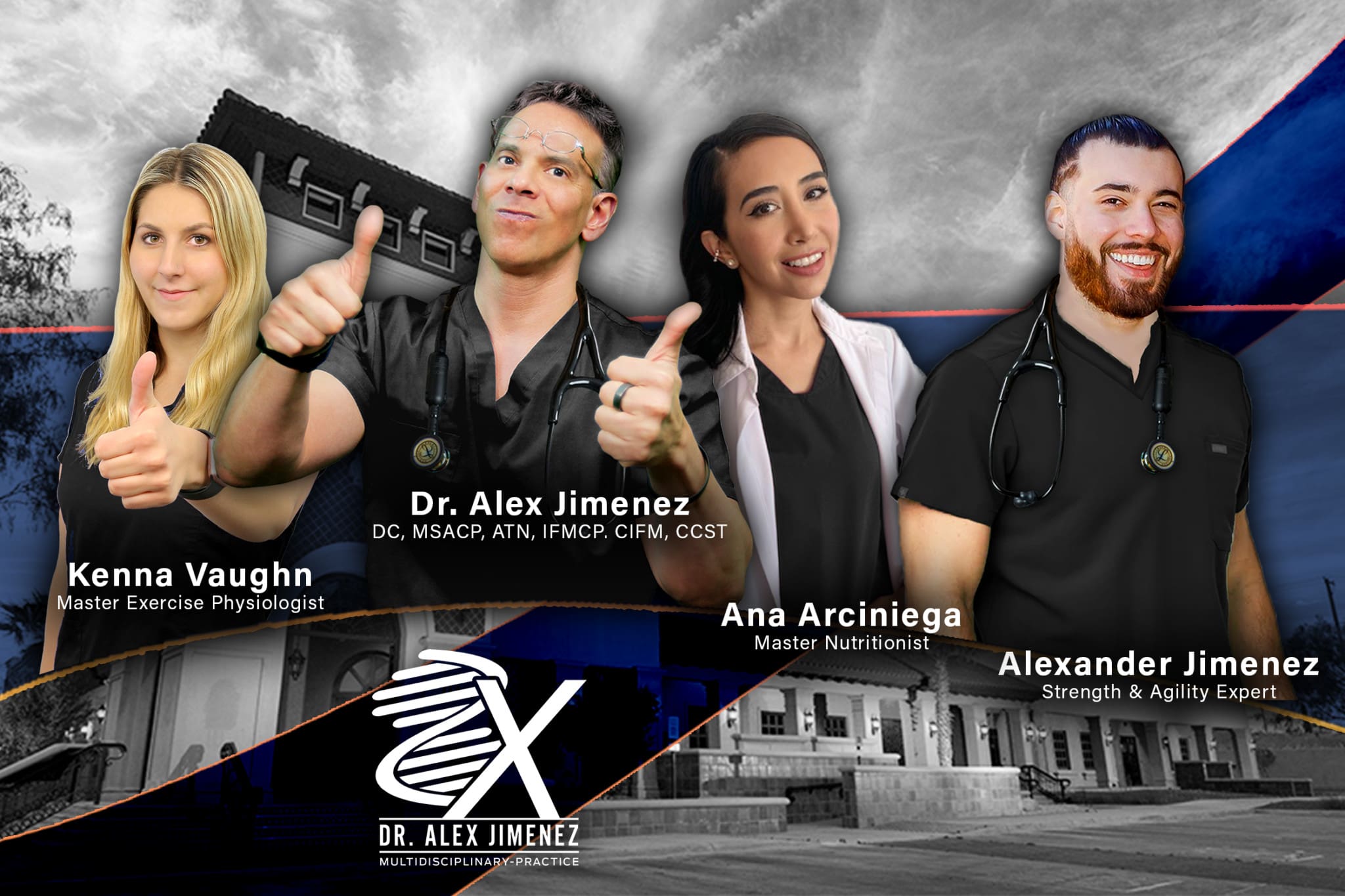Trending
- Yips in Athletes: Exploring the Physical and Psychological Factors
- Walking for Low Back Pain: Strengthen Your Back, Improve Health
- Stay Active and Independent with Chair Abdominal Exercises
- Correct Manual Lifting Technique: Prevent Back Injuries
- Achieve Your Fitness Goals with Beginner Workouts
- Exploring the Different Methods of Surgical Decompression
- Elbow Pain Caused from Lifting: Causes and Treatment
- Elevate Your Workout Routine: Exploring the Beneficial Properties of HIIT
- The Benefits of Using an Ab Roller for Core Strength
- Enhancing Performance: Exploring the Fitness Components
Chiropractic Examination
PUSH as Rx Chiropractic Examination.
An initial chiropractic examination for musculoskeletal disorders will typically have four parts: a consultation, case history, and physical examination. Laboratory analysis and X-ray examination may be performed. Our office provides additional Functional and Integrative Wellness Assessments in order to bring greater insight into a patient’s physiological presentations.
Consultation:
The patient will meet the chiropractor which will assess and question a brief synopsis of his or her lower back pain, such as:
- Duration and frequency of symptoms
- Description of the symptoms (e.g. burning, throbbing)
- Areas of pain
- What makes the pain feel better (e.g. sitting, stretching)
- What makes the pain feel worse (e.g. standing, lifting).
Case history.
The chiropractor identifies the area(s) of complaint and the nature of the back pain by asking questions and learning more about different areas of the patient’s history, including:
- Family history
- Dietary habits
- Past history of other treatments (chiropractic, osteopathic, medical and other)
- Occupational history
- Psychosocial history
- Other areas to probe, often based on responses to the above questions.
Physical examination:
We will utilize a variety of methods to determine the spinal segments that require chiropractic treatments, including but not limited to static and motion palpation techniques determining spinal segments that are hypo mobile (restricted in their movement) or fixated. Depending on the results of the above examination, a chiropractor may use additional diagnostic tests, such as:
X-ray to locate subluxations (the altered position of the vertebra)
A device that detects the temperature of the skin in the paraspinal region to identify spinal areas with a significant temperature variance that requires manipulation.
Laboratory Diagnostics:
If needed we also use a variety of lab diagnostic protocols in order to determine a complete clinical picture of the patient. We have teamed up with the top labs in the city in order to give our patients the optimal clinical picture and appropriate treatments.

